Commentaries, Interviews & Profiles
For the past several years, a number of people in the swimming pool industry have debated whether saltwater has a detrimental effect on concrete and, in some cases, on stone decks. As one who has worked extensively with saltwater chlorination systems, I've studied this issue in depth in
Eric Herman has served as the editor of WaterShapes magazine since its inception in 1999. During a career spanning more than 25 years, he has written and edited articles across a broad range of industries, technical subjects and business interests. According to
It's human nature: We often neglect the quality and profound importance of that which fulfills our most basic needs. At a minimum, we expect breathable (if not clean) air, abundant food, warm beds, companionship, clothing and, especially, clean water. We take these and other "commodities" for granted because they come in abundant supply — so when issues arise, they tend to
An Interview by Lenny Giteck Jon Mitovich is president and general manager of Roman Fountains, a designer and manufacturer of fountain-system packages and components based in Albuquerque, N.M. Mitovich has conducted classes and seminars on the fountain business and fountain design to help watershapers understand the origin, history and application of water in architectural environments. He also has
The Harvard Business Review recently published results of an interesting survey: Overall, they said, some 75 percent of those contacted reported diminishing trust in U.S. business managers and their companies; moreover, their faith in educational institutions, product suppliers and government is on the decline as well – but not to quite such an extent. It all seems gloomy and pessimistic, but I couldn’t be surprised by the findings. In fact, I can
Standing in front of classes filled with landscape architecture students is always an unpredictable proposition: You just never know what their young minds will bring to the education process, the only constant being that they’re always full of surprises. Each and every time I’ve had the privilege of starting a new semester with a fresh group of students, however, it’s never long before one of them will ask me about how ecologically sound watershapes really are or can be. Truth be told (and as you’ll see in what follows), this has become something of a sore subject for me. So when the question inevitably comes, I pause, ponder a bit and finally tell these eager young people that
To celebrate the 20th annual convention of the National Plasterers Council, Bruce Hughes – the organization’s founding chairman and former president of one of the industry’s largest plastering firms – looks back on NPC’s first years and the difficult process by which a feuding group of strong-willed contractors came together to form an association that has become a force for research, standards and industry progress. I remember it well: The National Plasterers Council’s first conference was a compact, one-day event in Los Angeles staged by an association that had only been around for about two years and had to that point been
The benefits of swimming and other forms of aquatic exercise are better defined and more widely known than ever before, notes Dr. Bruce Becker, one of the nation’s top researchers into all the good things that happen when people get in the water. But there are a number of obstacles that are keeping some of those who would benefit from actually getting in the water to help themselves, he adds – a surmountable set of issues he explores here. It seems obvious enough. To reap the physical and psychological benefits of swimming and other forms of aquatic exercise and therapy, a person must first get into the water. Experience shows, however, that this initial step is often not










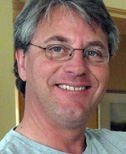
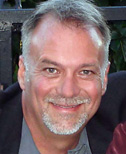

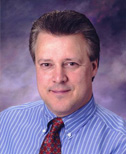


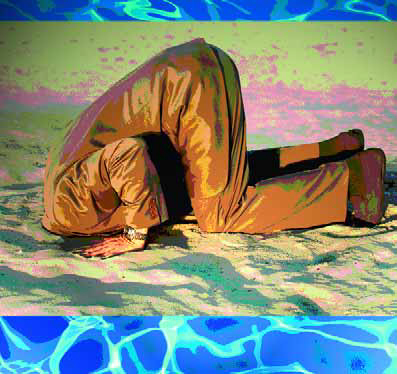
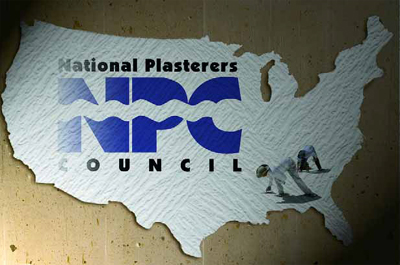




Reviewing a Decade of ‘Book Notes’